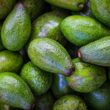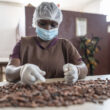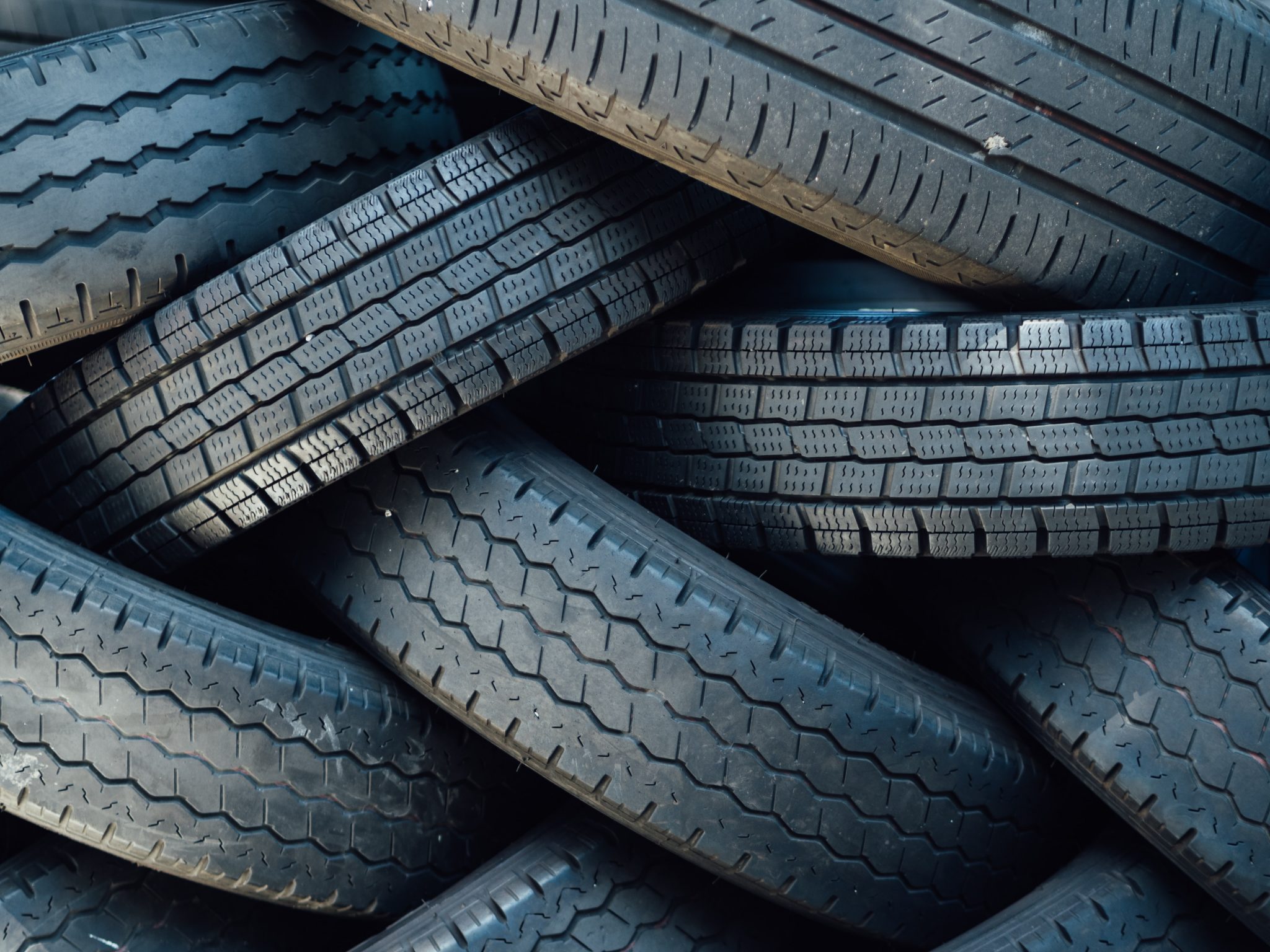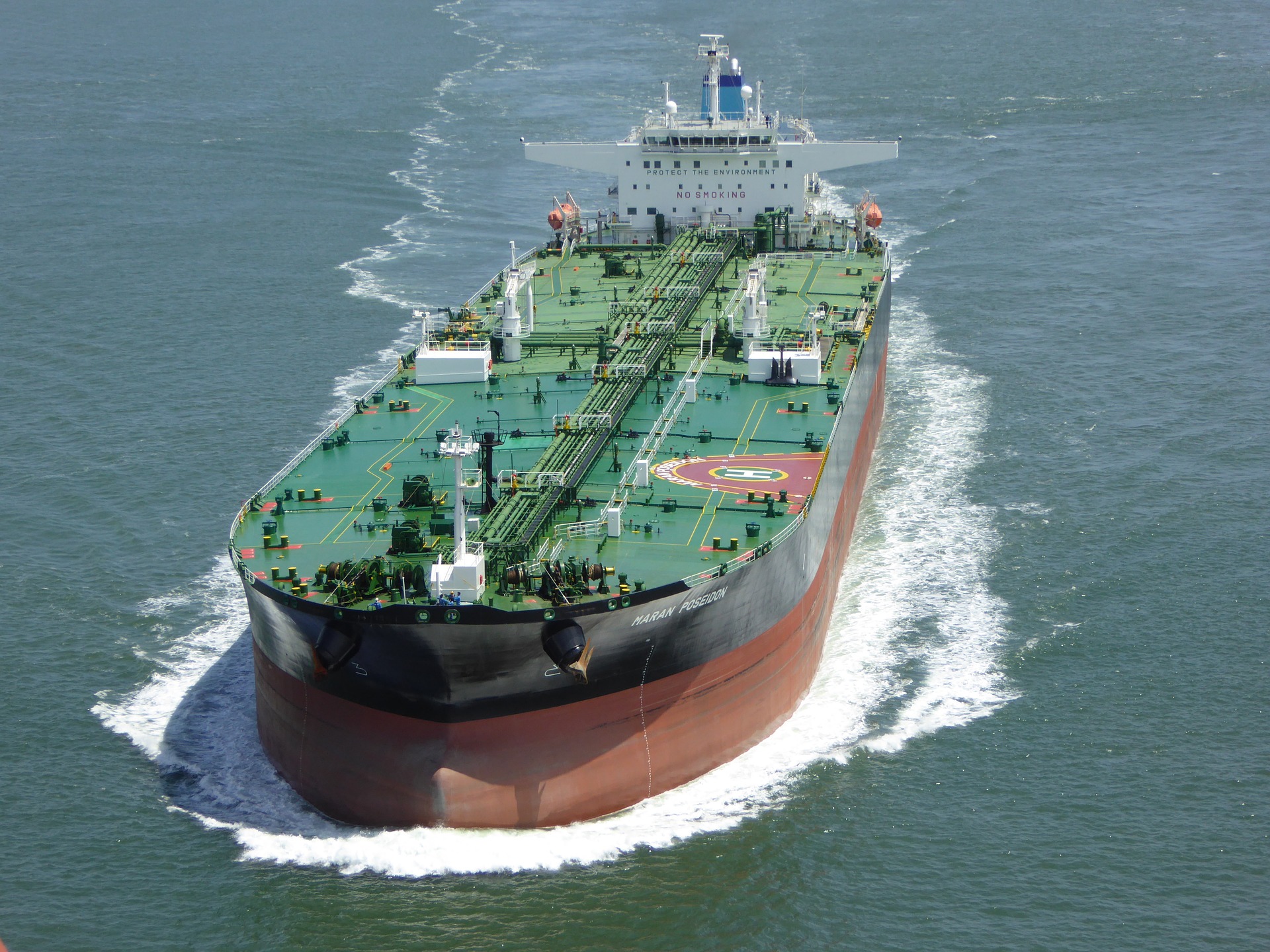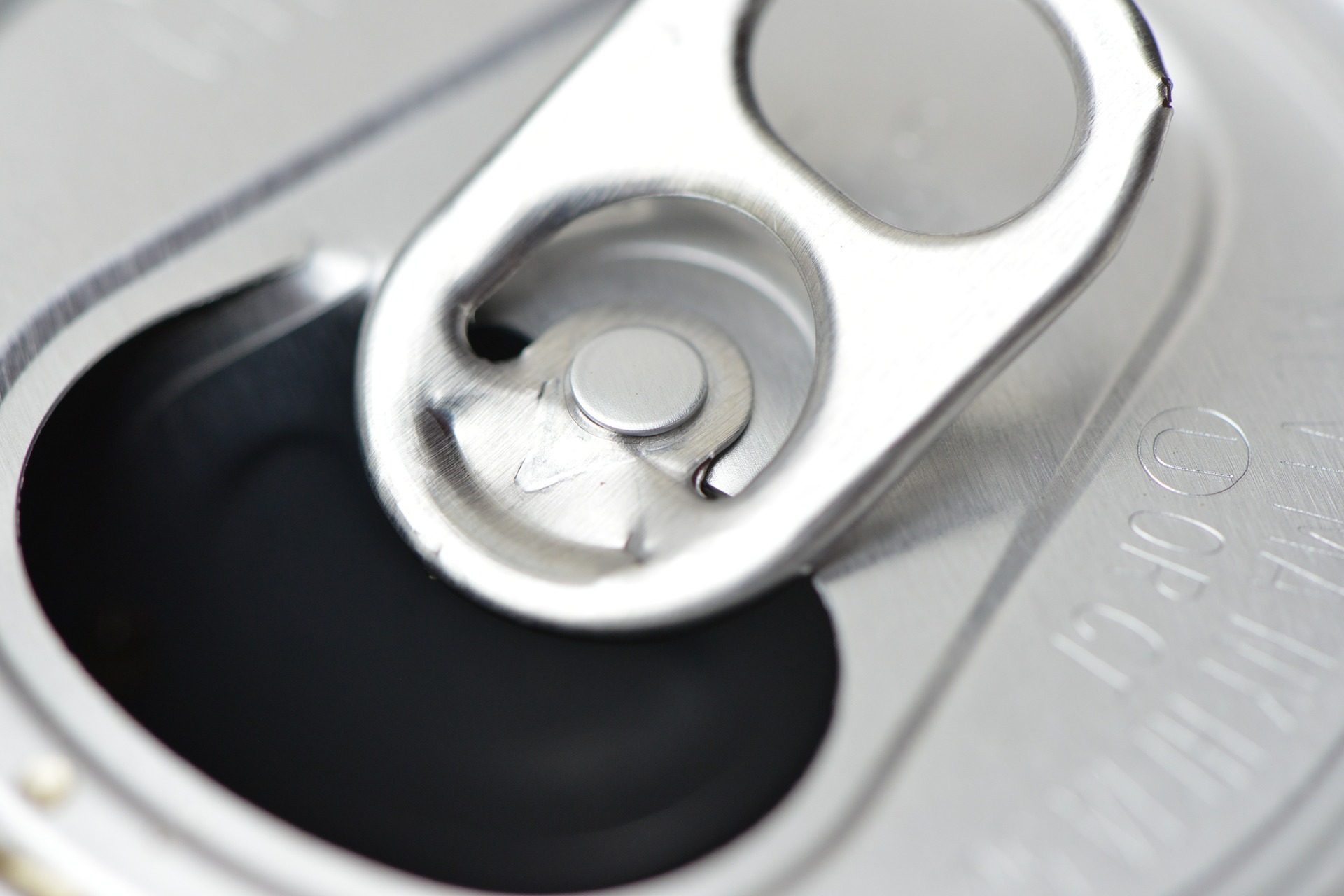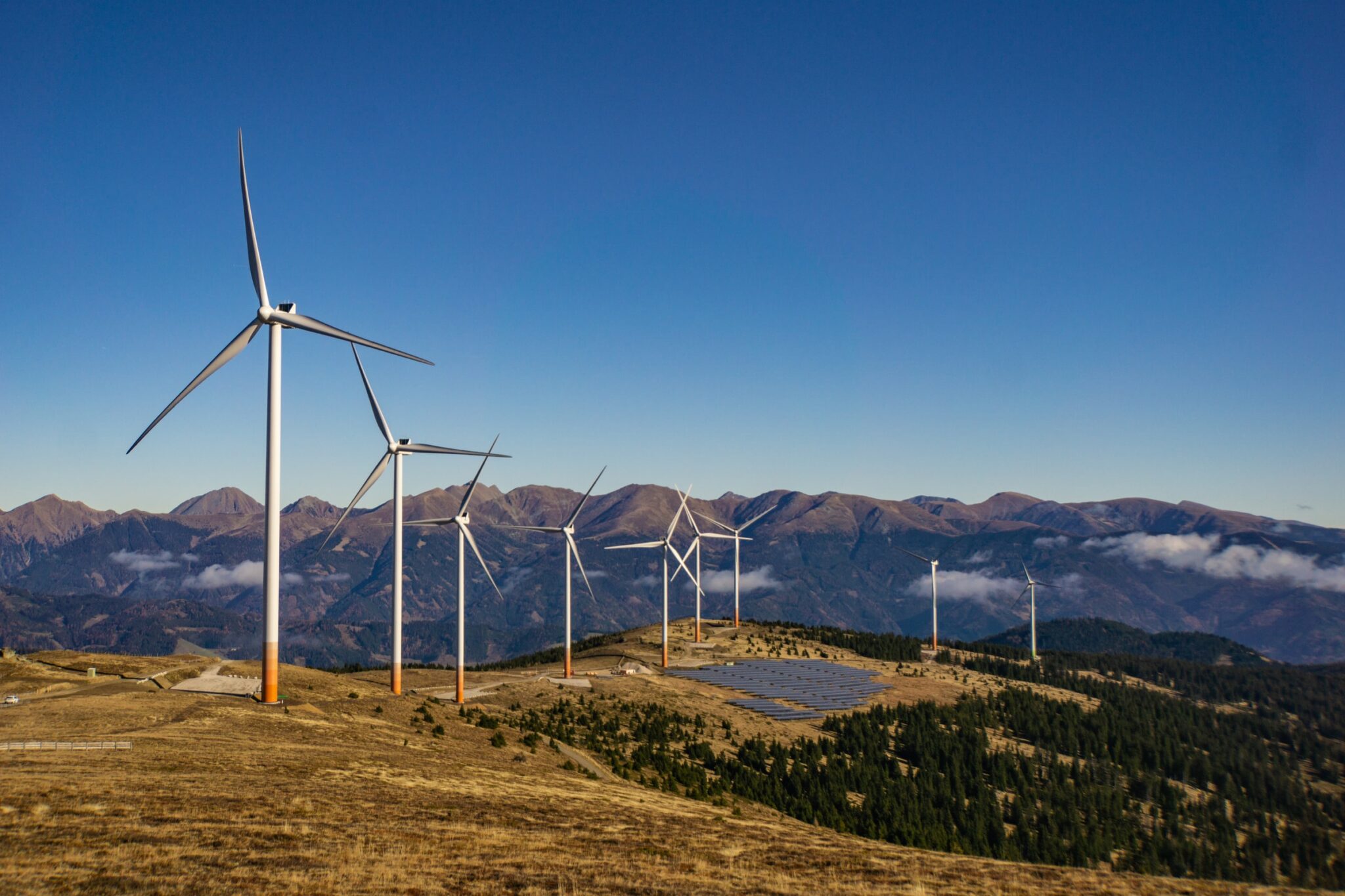A relatively modern commodity, rubber, the raw material for tires and many other finished goods, is a complex commodity that can be originated from natural or synthetic sources.
What Is Rubber?
Rubber is the main raw material in tires, but also a key ingredient in the production of shoes, condoms and other staples.
RELATED: Tips About Commodity Trading Careers
Rubber can be produced from trees in the form of latex (natural rubber) or petroleum-derived sources (synthetic rubber).
Rubber is a popular commodity well-know for its elasticity, toughness, and resilience.
Rubber is in technical terms a natural polymer or elastomer, which main component is polyisoprene.
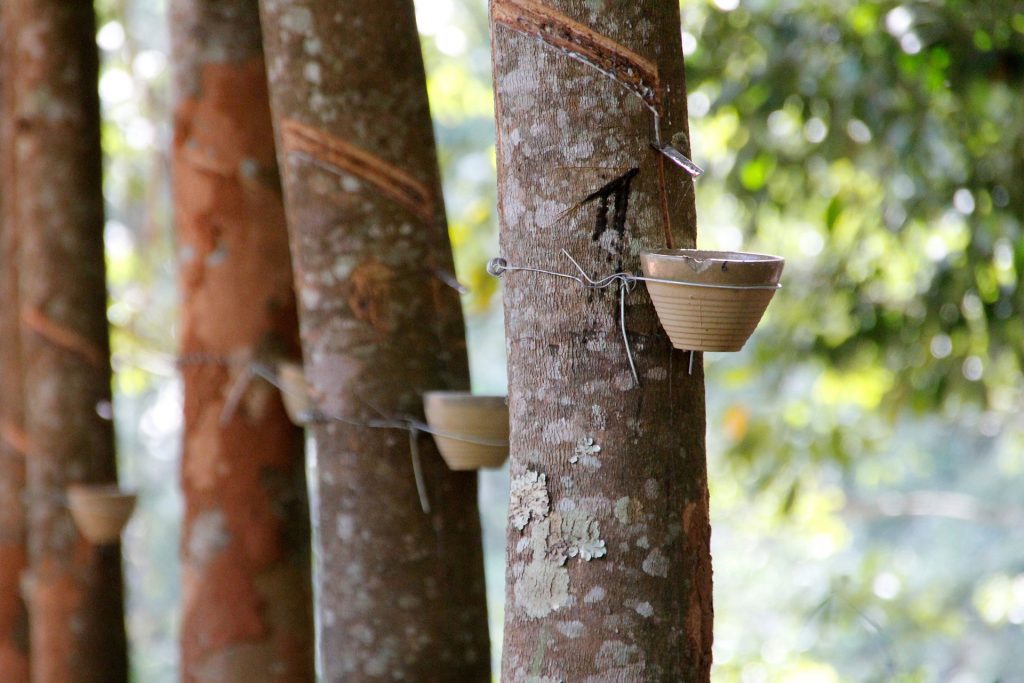
Natural Rubber
Natural rubber can be produced from a number of vegetable species, yet the most common commercial production originates from the Para Rubber tree (Hevea brasiliensis), which is native to the Brazil Amazon area.
Natural rubber represents about 40% of the world’s total rubber consumption.
The harvesting process for natural rubber is the very visible “tapping”, which refers to making a small cut to the bark of the tree, so that it releases (exudes) the milk-white coloured sap and is collected in an attached basket.
The sap is then processed to separate the rubber from the latex.
Synthetic Rubber
Synthetic rubber represents the remainder 60% of the total rubber raw material.
Synthetic rubber can be produced from petroleum or natural gas.
Among the syntetic rubbes, one can find butadiene rubber, styrene-butadiene rubber, neoprene, the polysulfide rubbers (thiokols), butyl rubber, and the silicones.
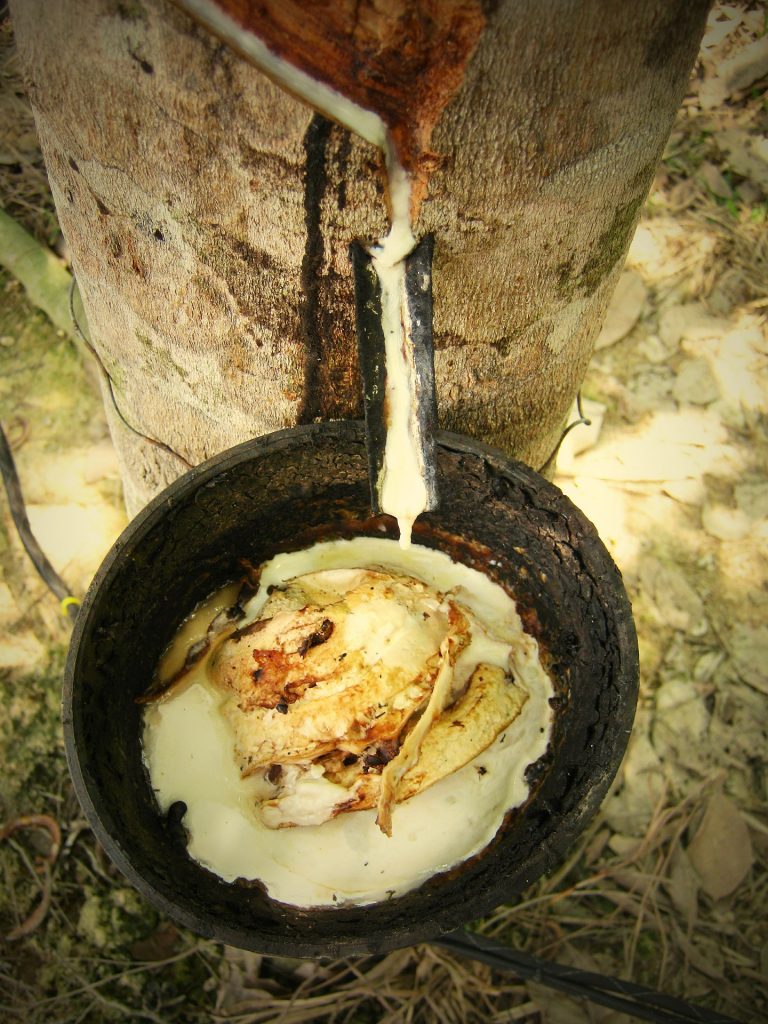
Natural Rubber Production
The world’s largest producers of natural rubber:
- Thailand (31%)
- Indonesia (27%)
- Malaysia (9%)
- India (8%)
- Vietnam (7%)
- Rest (China, Cote d’Ivoire, Brazil, etc)
Natural Rubber Consumption
The world’s largest consumers of natural rubber:
- China (31%)
- EU (19%)
- USA (12%)
- Japan (9%)
- Malaysia (8%)

Rubber Tires
The production of tires is among the main destinations of natural rubber.
The leading tire manufacturers are:
- Michelin (France)
- Bridgestone (USA)
- Goodyear (USA)
- Continental (Germany)
- Pirelli (Italy)
- Sumitomo (Japan)
- Yokohama (Japan)
Rubber Vulcanization
Vulcanization of natural or synthetic rubber is a chemical process that improves the stability and quality of rubber, and improves its tensile strength and improves its resistance to abrasion and elasticity.
The process was invented by Charles Goodyear in 1839 and conceptually consists of heating up rubber with sulphur.
Natural Rubber Futures
There are formal natural rubber exchange-traded futures in China, Japan, and Singapore.
Olam is one of the largest rubber traders in the world, with a crumb rubber processing facility in Cote d’Ivoire and a joint venture on a plantation in the Republic of Gabon.

